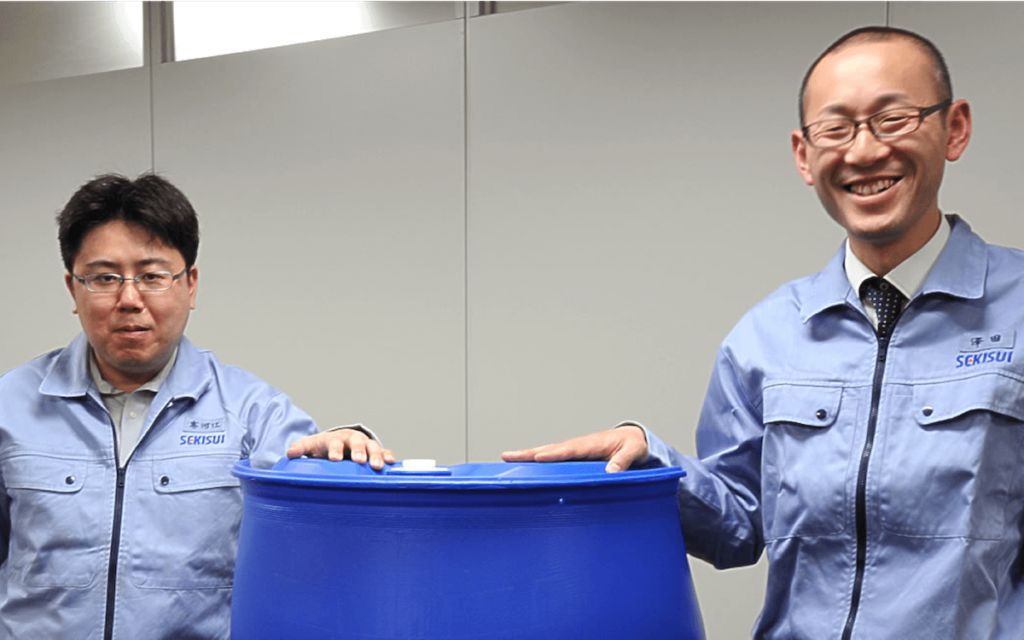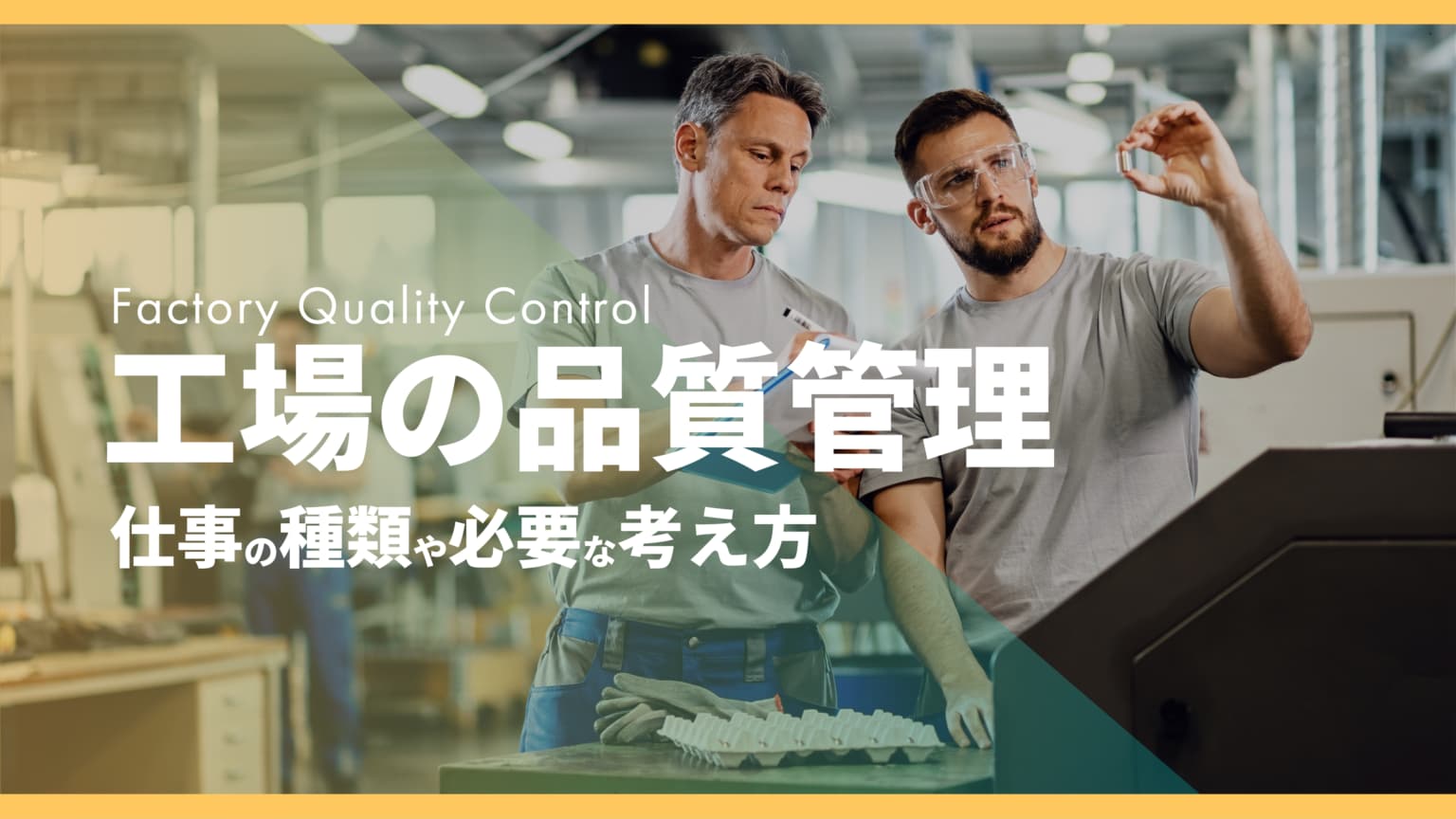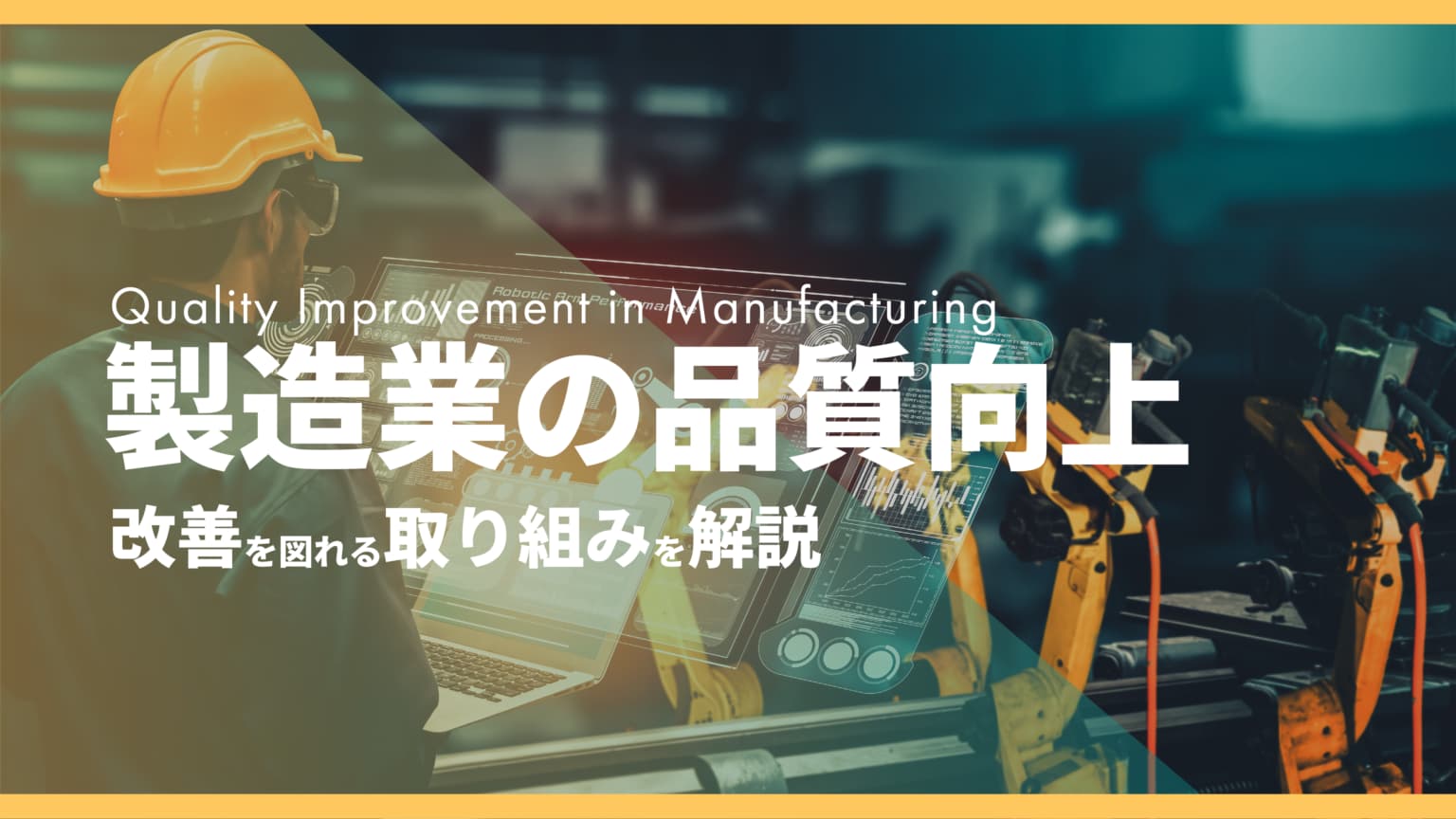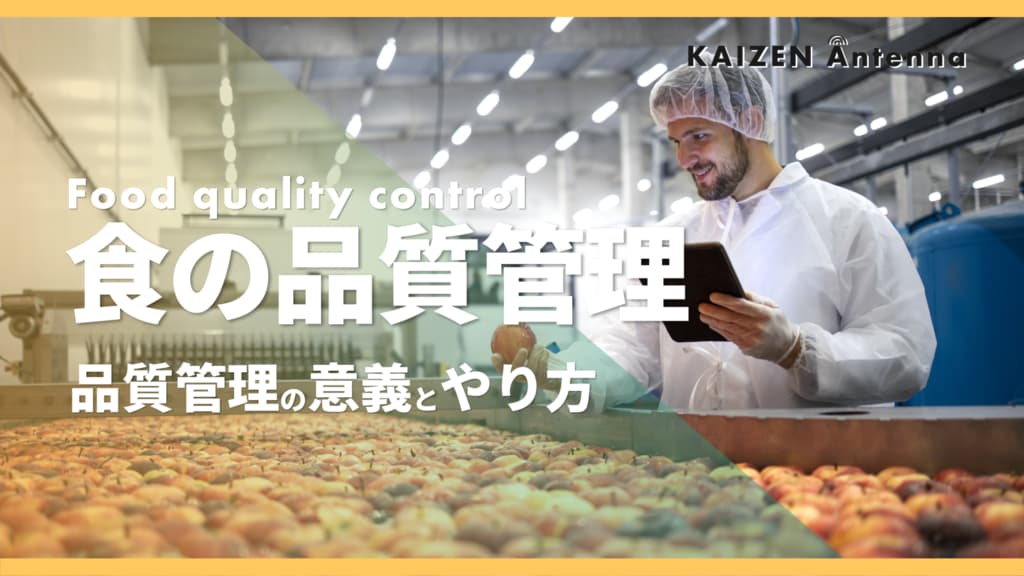In the manufacturing industry, it is necessary to continue to provide high-quality products while meeting delivery deadlines. If there are a large number of defective products or mistakes, it could lead to a loss of trust from customers.
Three initiatives to improve quality in the manufacturing industry [with examples]
table of contents
The manufacturing industry is one of the key industries that supports Japanese society. However, it faces many challenges, including declining labor productivity and international competitiveness, and a labor shortage due to a declining birthrate and aging population.
To resolve these issues, efforts to improve operational efficiency and quality are required.
This time, we will explain the importance of improving quality in the manufacturing industry and provide specific examples of measures.
We will also introduce examples of companies that have successfully used IT solutions to improve quality and operations, so please take a look.
The Importance and Benefits of Quality Improvement in the Manufacturing Industry
Improving operational quality is essential for the survival and growth of manufacturing businesses. Stable and improved manufacturing quality is directly linked to increased customer satisfaction and trust, which ultimately leads to increased sales.
On the other hand, if the quality of the products or work is low or if the situation remains unstable, customer trust will decrease and it will become difficult to continue doing business with them.
Therefore, it is important for manufacturing sites to constantly check the quality of their own work and check whether there are any areas where work efficiency or improvements can be made.
<Examples of problems and issues that can be prevented by improving quality in the manufacturing industry>
- Delays in delivery
- Excess inventory
- Occurrence of defective products
- Unplanned work occurs
- Complaints arise
- Loss of reputation and trust from customers
- Stagnation in new customer acquisition
- Occurrence of human error
To improve quality at the manufacturing site, Process management, quality verification, and quality improvement Three factors influence this.
Process management is the management of the performance of workers and equipment in the manufacturing process, as well as work procedures. It is carried out with the aim of preventing dependency on individuals through standardization of work and improving productivity.
Quality verification is the step of inspecting the finished product or the company's production process for defects. By conducting inspections according to certain standards, the role of quality verification is to prevent defective or non-conforming products from being shipped and to guarantee the quality of the product.
Quality improvement = The task of considering measures to prevent recurrence when defective products are found. We investigate the causes of defects and work on improvement activities. Improving design quality and identifying waste on the production floor are also part of quality improvement, preventing the occurrence of defective products in the future.
The above three elements are sometimes collectively referred to as quality control (QC).
For more information on quality control in the manufacturing industry, please see the article below.
[What does factory quality control involve? Types of work and the necessary mindset and methods]
Effective methods for improving quality in manufacturing
To improve quality in the manufacturing industry, it is important to visualize and quantify the current situation of the company, consider improvement measures, and work on them as an organization.
This concept is called "Total Quality Management (TQM)." Here we will introduce specific measures that can help improve quality in the manufacturing industry.
Create a system and environment that allows for thorough implementation of 5S
5S = Sort, Set in Order, Shine, Standardize, and Discipline. These five words starting with S are collectively called 5S.
5S is a method and concept used in process management for quality control. 5S activities are initiatives to improve the workplace environment by thoroughly implementing five steps.
<Examples of efforts to thoroughly implement 5S>
| Where to implement 5S | Specific examples of initiatives |
| Factories and warehouses | ・Place a "In Use" sign in the storage area for tools you are taking out. ・When work is finished, clean up your area and leave ・Optimize tool storage locations based on work procedures and frequency of use. |
| office | ・Manage work manuals and drawings as data ・Establish rules for tidying up and cleaning and share them with employees Dispose of old documents and slips |
Identifying causes and identifying issues through 4M analysis
4M refers to the four items that must be managed in the manufacturing industry: man, machine, material, and method.
By thoroughly managing the 4Ms, it becomes easier to identify the cause of defective products and understand issues in your company's manufacturing process, helping to improve quality.
Man
Of the four elements, people are considered particularly important. To maintain and improve quality in the manufacturing industry, it is essential to improve the skills of workers. It is necessary to understand the capabilities of each worker and provide training if their proficiency is low, or to review their placement as necessary.
Machine
To efficiently produce products at manufacturing sites, it is essential that machines and equipment are operating properly.
However, if the introduced machines malfunction or break down, it will be difficult to ensure a stable supply of products. To prevent such situations, it is important to perform regular maintenance and inspections of the machines and install the latest equipment.
Material
Quality control in the manufacturing industry also focuses on the materials used in production. By managing the quality, quantity, and procurement methods of materials, it is possible to prevent defective products and reduce costs.
Method
Managing work methods is also essential to improving quality in the manufacturing industry.
To consistently produce high-quality products, it is necessary to standardize the work procedures and methods for each process. Creating work procedure manuals and reviewing manuals are effective ways to achieve this.
Improving quality control through digital transformation
To improve quality in the manufacturing industry, promoting digital transformation and transforming the quality control system itself is also an effective method.
DX is an abbreviation for "Digital Transformation" and refers to efforts to reform business through the use of digital technology.
An example of DX in manufacturing sites is the visualization of factories through the use of IoT.
By utilizing IT tools and AI to grasp and analyze all information within the factory in real time, we can stabilize quality, improve production efficiency, and prevent accidents.
Another effective DX measure is the introduction of systems that help improve manufacturing quality.
For example, by introducing a document management system or a production management system, all document information and production plans that were previously managed manually can be consolidated into the system, which is expected to lead to improvements on site.
In the next section, we will introduce some examples of companies that have achieved quality improvements by introducing a document management system.
If you are concerned about the increasing amount of management work required using paper documents and Excel, please refer to this article.
Examples of quality improvement in manufacturing
To improve quality in the manufacturing industry, we recommend introducing "i-Reporter," a solution for digitizing and going paperless with on-site documents.
Here we introduce two case studies of companies that have used i-Reporter to improve manufacturing quality.
Digitizing daily reports reduces work time by more than an hour each day
First, we will look at the case of Fujifilm Manufacturing Co., Ltd., which assembles document solutions and manufactures consumables such as toner.
This company was facing challenges in managing paper-based daily work reports at its manufacturing sites.
Previously, the manager would collect the daily work reports prepared by each worker and transfer them to Excel. This was not only time-consuming and labor-intensive, but also meant that the data could not be analyzed without waiting for it to be entered into Excel, which meant that on-site problems could not be identified in real time, resulting in delays in business improvements.
That's where i-Reporter came in. After introducing i-Reporter, we built a system that allows daily work reports to be created on tablets.
The task of collecting daily reports and entering data, which previously took more than an hour each day, has been reduced to zero, and information entered into tablets is now shared in real time.
By linking i-Reporter with an internal system that has already been implemented, we have created a system that detects defects and immediately investigates their causes, helping to improve quality on-site.
For more details on this case, please see the following page.
[i-Reporter User Case Study] A line leader used to spend 80 minutes every day collecting paper reports and entering data, but that time has now been reduced to "zero."

Successfully reducing monthly work hours by 170 hours by digitizing daily manufacturing reports
Next is the case of Sekisui Seikei Kogyo Co., Ltd., which manufactures and sells plastic products.
This company had issues with creating, managing, and digitizing daily manufacturing reports. Under the previous system, each worker had to write their daily reports by hand.
The person in charge had to compile the data and then turn it into data, which meant overtime work was required just to compile the daily reports.
Therefore, the company introduced i-Reporter and began digitizing daily manufacturing reports. It allows daily reports to be created on tablets, and has created a system in which the data is automatically transferred to the production management system. Excel files are also automatically generated, eliminating the need for manual tasks such as tallying and transcription.
After introducing i-Reporter, we have succeeded in reducing working hours by 170 hours per month, resulting in a reduction in overtime hours.
The company's efforts have also been highly praised within the company, having won a silver prize in a business improvement contest within the Sekisui Chemical Group.
If you would like to know more about this case study, please see this page.
[i-Reporter User Case Study] Digitizing daily manufacturing reports using i-Reporter

Let's work to improve the quality of the manufacturing industry and accelerate corporate growth.
This time, we talked about the importance of improving quality in the manufacturing industry, effective methods, and success stories using document management systems. Improving quality on the manufacturing floor is an important initiative that directly links to customer satisfaction and trust. By implementing systems, thoroughly implementing 5S, and managing the 4Ms, you can achieve quality improvement and further accelerate your company's growth.


This is the editorial department of the Field Document Research Institute!
This blog is operated by CIMTOPS Corporation., which develops and sells the field document electronic solution "i-Reporter."
We will be delivering industry information on a regular basis to help those of you working hard to promote digital transformation in the workplace, so please take a look!













